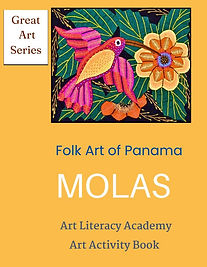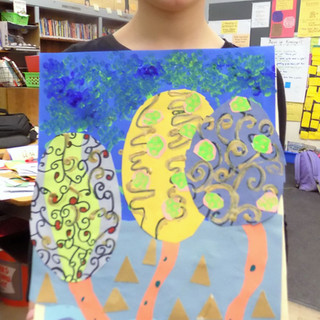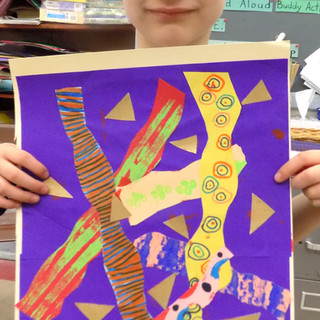Gustav Klimt Austria 1862-1918
- Serene
- Jan 21, 2019
- 2 min read
Updated: Jun 17

This week we looked at the work of Austrian Symbolist painter. muralist, and textile designer, Gustav Klimt. We studied in particular, the patterns and geometric shapes in his work and the class created collages inspired by him. His highly stylized paintings embodied influences from other cultures that we have studied and the children were quick to pick up on it. Klimt's work is distinguished by the elegant gold decoration and variety of designs influenced by Byzantine mosaics, Egyptian symbols, Minoan and Classical Greek murals, Medieval European painting, and Japanese prints. He was born near Vienna Austria to an artistic and musical family of modest means, however, Klimt’s artistic talent earned him a full scholarship to the Vienna School of Arts and Crafts at age 14. He excelled in his studies, resulting in a number of commissions before he graduated. Upon leaving, he set up his own interior design studio with several other students. He became one of the founding members and President of the Wiener Sezession (Vienna Secession). They published an art magazine, staged exhibitions for unconventional young artists and brought innovative foreign artist's works to Vienna. In 1888, Klimt received the Golden Order of Merit from Emperor Franz Josef I of Austria for his contributions to art and an honorary member of the University of Munich and the University of Vienna. Gustav Klimt was one of the most radical artists of the 20th century both in his bohemian lifestyle and his art. Through his intensely decorative style, he pushed the boundaries of traditional artistic convention and opened the doors to modernists. At auction Gustav Klimt's paintings brought some of the highest prices recorded for individual works of art.










































Comments